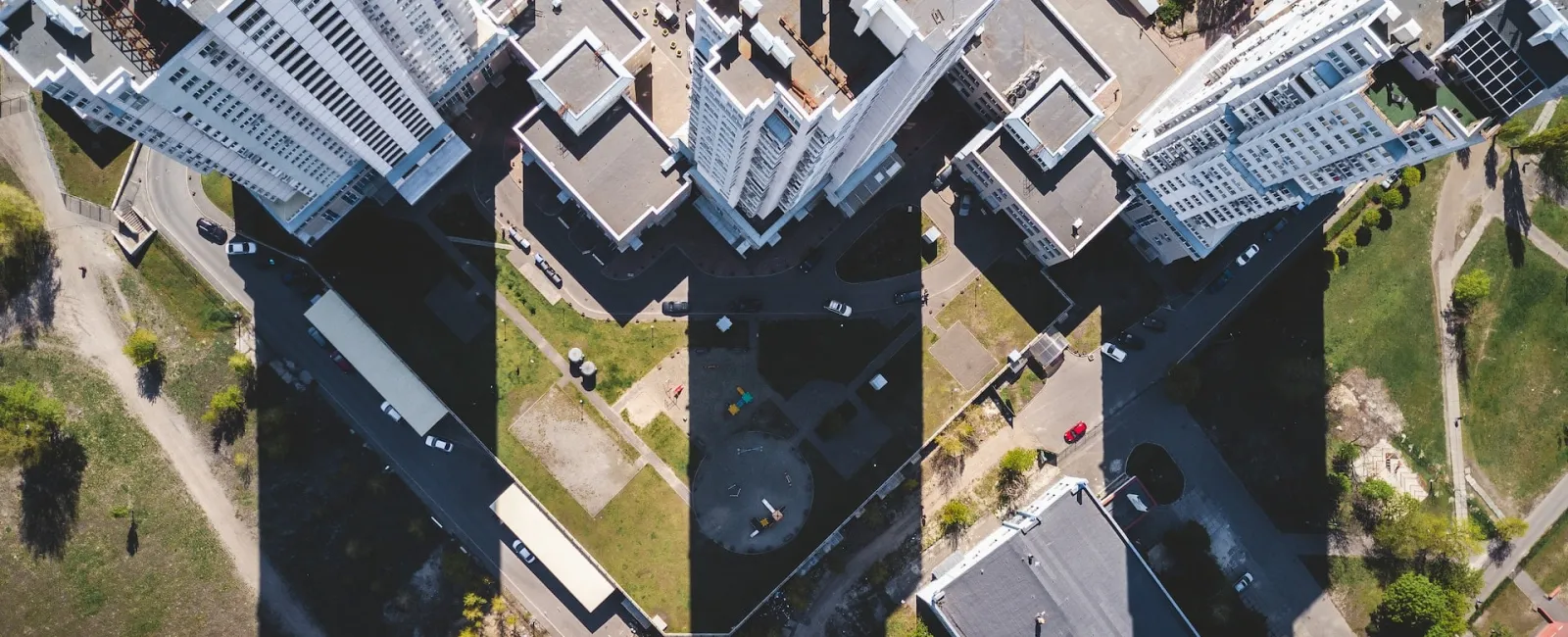April 06, 2023
If you have ever taken a closer look at commercial buildings, you may have noticed that the majority of them have flat roofs. This is not a mere coincidence or a purely aesthetic choice; there are practical reasons behind this architectural design.
Today, we will explore the advantages of flat roofs for commercial buildings to help you understand why they have become the go-to choice for architects and builders alike:
1. Cost-Effective and Easy to Construct
One of the primary reasons for choosing flat roofs in commercial buildings is their cost-effectiveness. Flat roofs require fewer materials and are simpler to construct compared to pitched roofs, which translates to lower construction costs. They also require less maintenance in the long run, making them an attractive option for budget-conscious business owners.
2. Maximizing Space Utilization
A flat roof allows for better utilization of space in commercial buildings. The horizontal surface can be used for various purposes, such as installing HVAC systems and solar panels or even creating rooftop gardens. In urban settings, where space is at a premium, flat roofs provide an opportunity to make the most of every square foot available.
3. Easier Access for Maintenance and Repairs
Maintenance and repairs are critical aspects of managing a commercial property. With a flat roof, building owners and maintenance staff have easier access to the roof, making it simpler to perform regular inspections and address any issues that arise. A flat roof also provides a safer working environment for maintenance personnel, as there is no need to navigate steep slopes or climb up and down pitched roofs.
4. Enhanced Energy Efficiency
Flat roofs can contribute to improved energy efficiency in commercial buildings. The installation of a cool roof membrane or reflective coating helps to reduce heat absorption, lowering the indoor temperature during hot summer months. This, in turn, reduces the need for air conditioning and lowers energy consumption, resulting in cost savings for building owners.
5. Flexibility in Architectural Design
Flat roofs offer greater flexibility in terms of architectural design. They can accommodate various styles, from modern minimalist designs to more traditional commercial structures. This design flexibility enables architects to create unique and functional building designs that cater to the specific needs of businesses and their clientele.
6. Load Bearing Capacity
Commercial buildings often require additional structural support to accommodate heavy equipment and installations, such as HVAC units or large signage. Flat roofs provide a stable, horizontal surface that can easily bear the weight of these additional loads, making them an ideal choice for commercial applications.
7. Expansion Possibilities
Finally, as businesses grow and evolve, so too do their space requirements. A flat roof allows for easier expansion of a commercial building, whether it's adding an additional floor or constructing a new wing. This flexibility can be a significant advantage for businesses looking to scale up their operations or adapt to changing market conditions.
Conclusion
All in all, flat roofs offer numerous benefits for commercial buildings, ranging from cost-effectiveness and ease of construction to improved energy efficiency and design flexibility. These advantages make flat roofs a popular choice for commercial buildings, and while architectural trends continue to evolve, it's clear that flat roofs will remain a staple in the design and construction of commercial properties for years to come.
Cardinal Roof offers professional roofing services for both residential and commercial clients to meet all their roofing needs. If you are looking for a roofing company in Pelham, AL, reach out to us today!

